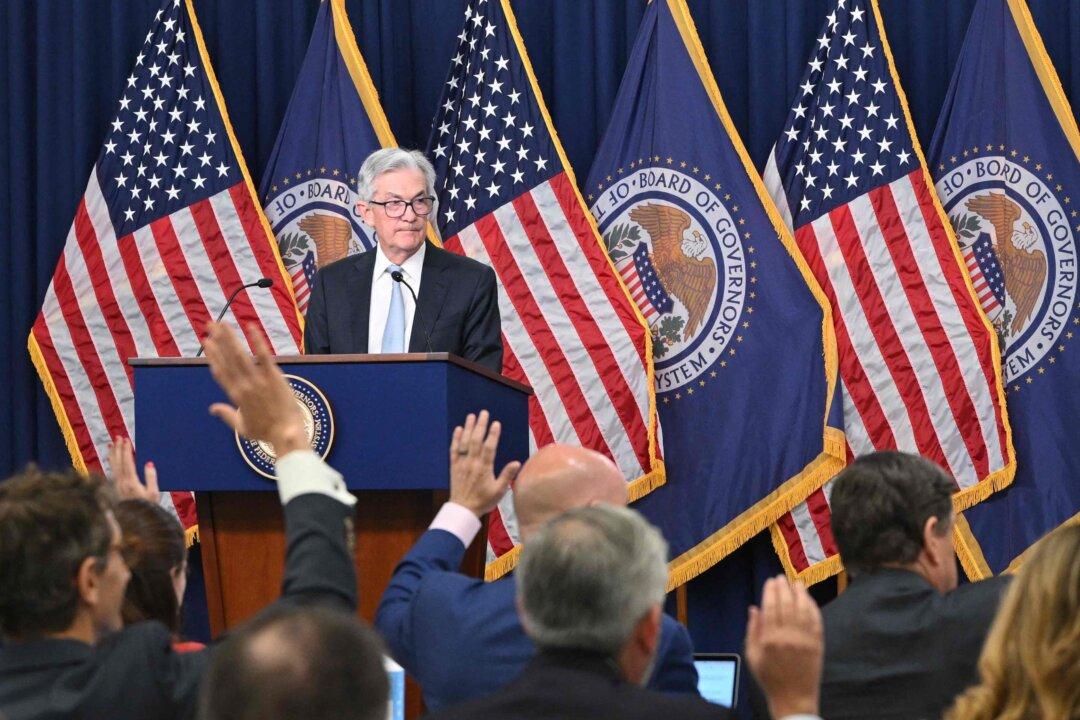Commentary
Most investors and Wall Street research analysts believe the Federal Reserve will pause its hikes, keeping the benchmark interest rate unchanged, in June and that a rate cut is likely later in the year.

Most investors and Wall Street research analysts believe the Federal Reserve will pause its hikes, keeping the benchmark interest rate unchanged, in June and that a rate cut is likely later in the year.